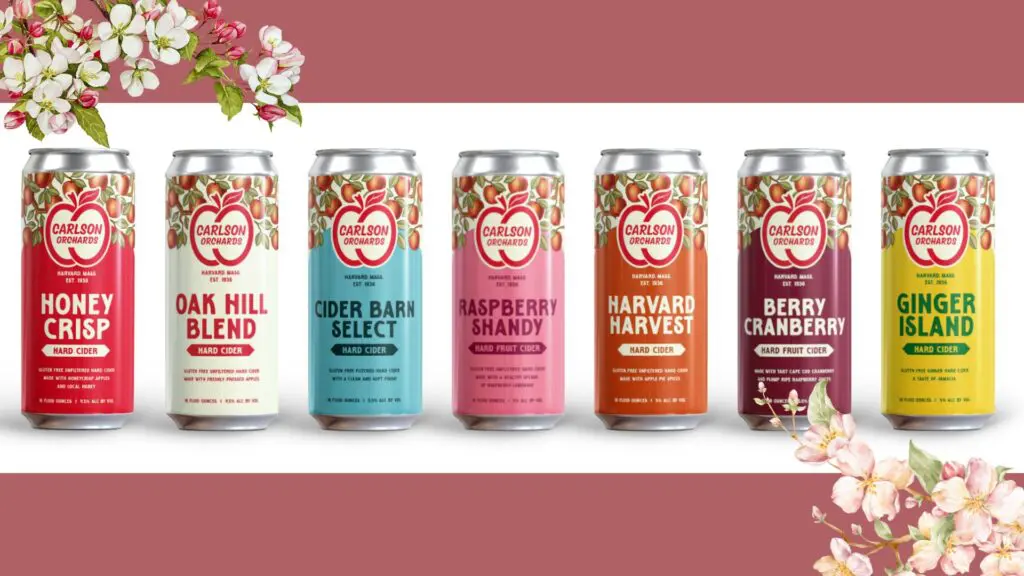It is an exciting time to be a cider enthusiast. Not only are more companies making interesting ciders to drink, but we’re also being treated to a host of new books to feed our cider intellect. Earlier this year it was “American Cider” by Dan Pucci and Craig Cavallo, followed a few months later by James Crowden’s “Cider Country.” The latest to land in our bookshelves is “Modern British Cider” by the Ciderologist himself, Gabe Cook.
No one is more passionate about cider — and British cider in particular — than Mr. Cook. That comes through in spades in his latest book, as does Mr. Cook’s particular, slightly cheeky, presentation style. Don’t be fooled, though. For all its verbal verve, “Modern British Cider” has a seriousness at its core. It discusses the revitalization and reimagining of an iconic English drink that is, perhaps, at an inflection point between a market replete with the watered-down beverage that often appears under the label “cider.” And speaks to embracing ciders with more integrity and excitement.
The book opens by explaining just what Mr. Cook means by modern British cider, including a dive into how it is defined by U.K. law. Next up is some history. However, this is not a discussion of the oft-told history regarding English cider’s heyday in the 17th century, but the post–World War II events that have shaped the present British cider world.
Chief among these events was the acquisition of various cider companies by big brewers starting in the 1960s. Since many British pubs are owned or tied to a particular brewer, that brewer’s cider ended up as the only one poured. As a result, routes to market were severely cut back for smaller regional cidermakers. In addition, brewing-inspired practices that were put into place resulted in beverages sold under the name “cider,” that were mostly water with a bit of juice and added flavors, for under current U.K. law, “cider” need have a mere 35% juice content.
Equally damaging to the industry was the limiting of cider to one tap. In effect, this reduced cider to a singular scope instead of showcasing the multiplicity of characters and flavors that are possible when you ferment apples. As Mr. Cook puts it, “Beer was able to demonstrate Lager, Stout, Mild, Bitter and IPA. Cider was able to demonstrate … well, just cider.”
Cidermakers on both sides of the Atlantic continue to struggle with this misperception: If you’ve tried one cider, you’ve tried them all.
The book continues with a dive into the state of British cider today: who drinks it, who makes it, recent changes in the market, key challenges and opportunities. Mr. Cook offers a number of ideas to help transform cider from what consumers view as a low value “alcopop” sort of thing to the rich, and broadly varied, category of drinks that those of us who love cider know it to be. It is here that his passion and experience really shine as he offers real, pragmatic suggestions for change instead of just highlighting the issues.
While not without its flaws, “Modern British Cider” is an important book — one that educates and enlightens. One hopes it will be widely read, especially by those with the power to implement some of the changes Mr. Cook proposes. As the nation that consumes more cider than any other, if Mr. Cook’s vision of increasing the perceived value of British cider can be realized, the ripple effect might well be felt around the world.
Purchase Modern British Cider here.





















